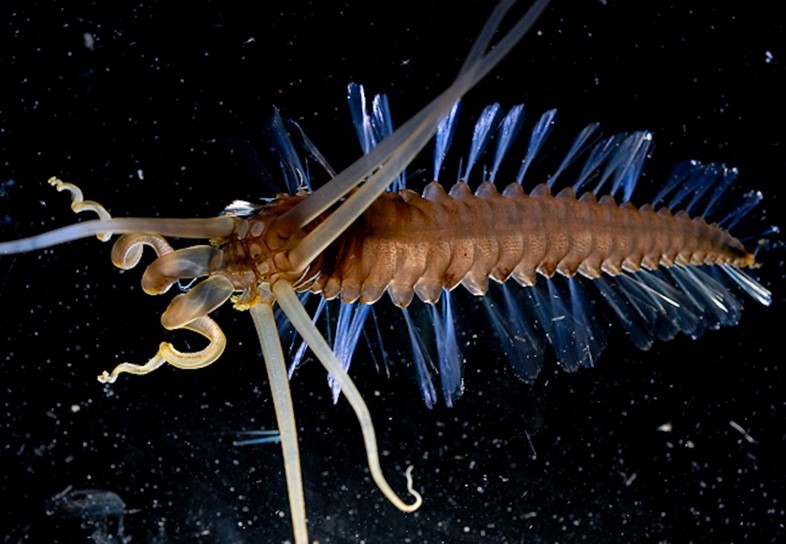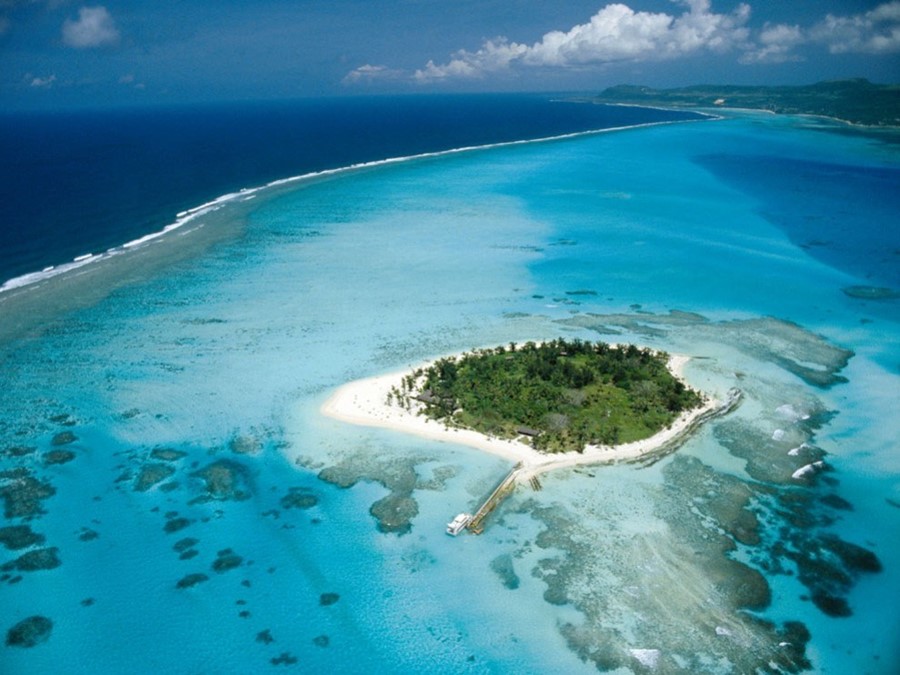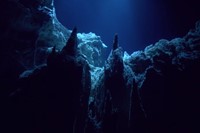super/collider plunges into Challenger Deep, the expansive chasm at the bottom of the Pacific Ocean that is thought to be the deepest place on earth
Where on Earth?
Challenger Deep
GPS Coordinates: 11°22′N 142°35′E
Marine biologists and explorers are always quick to point out that we know more about some celestial bodies than we do about the depths of our own planet’s oceans. We’ve mapped the surfaces of Venus and Mars at higher resolution than most of the seafloor, and more people have walked on the Moon than the deepest parts of the seas on our own planet. The Earth’s oceans make up more than 70% of the planet’s surface, but like on those old fashioned maps, much of the bottom might as well be marked ‘Here be dragons’.
When it comes to the very deepest point of all, we have yet to even set foot there. In fact, only three people have ever even visited, all very briefly in highly specialised submersibles designed to withstand the crushing pressure. Lying over 35,000 feet down below the waves of the western Pacific, Challenger Deep is – as far as we currently know – the deepest abyss in the world’s oceans. It’s a small crescent-shaped valley at the southern end of the much larger Mariana Trench: a vast chasm in the Earth’s surface submerged deep under the waves off the Mariana Islands. Stretching over 1500 miles, the Trench roughly follows this string of volcanic islands, forming part of the Izu-Bonin-Mariana Arc which we’ll explore more in our next column.

What on Earth?
Similar, ultra-deep trenches exist off the Philippines and between New Zealand and Fiji – but none plunge quite so far into the abyss. Deeper than Mount Everest is high (as this nifty infographic makes clear), the Mariana Trench is a forbidding place. Crushed under a water column nearly seven miles high, the pressure reaches over a thousand times that at the surface. It’s so strong that 100 litres of water on the surface gets squeezed down to the size of 95 litres in Challenger Deep.
To get down there in 1960, oceanographers used a specialised bathyscaphe called the Trieste to slowly descend to the bottom and spent about 20 minutes there. It’s so deep that, communicating through water by hydrophone, it took about seven seconds for voice signals to reach the surface and another seven seconds for the reply to reach the bottom. More recently, Titanic director James Cameron (who’s not coincidently more than a bit obsessed with all things deep) made a solo ascent in a more modern, foam-encased ‘vertical’ submarine called the Deepsea Challenger.

Despite the extreme pressure, life does exist down amid the darkness. The crew of the Trieste believe they saw a flatfish scuttling away beyond their lights, and Cameron photographed a variety of single-celled, saucer-like xenophyophores and a gray, crayon-size sea cucumber that could be an entirely new species, previously unknown to science. He also noted shrimp-like creatures called amphipods on the way down, which, intriguingly, contain a compound called scyllo-inositolsome. A potential weapon in the fight against Alzheimer’s, it may help protect deep-sea creatures from the crushing pressure of Challenger Deep and other as-yet mysterious places in the deep ocean.
How on Earth?
Although only three people have ever visited Challenger Deep, a number of companies are working on submersibles capable of making the trip. Being a noted explorer, marine biologist or just very very rich would help your chances of securing a seat.






